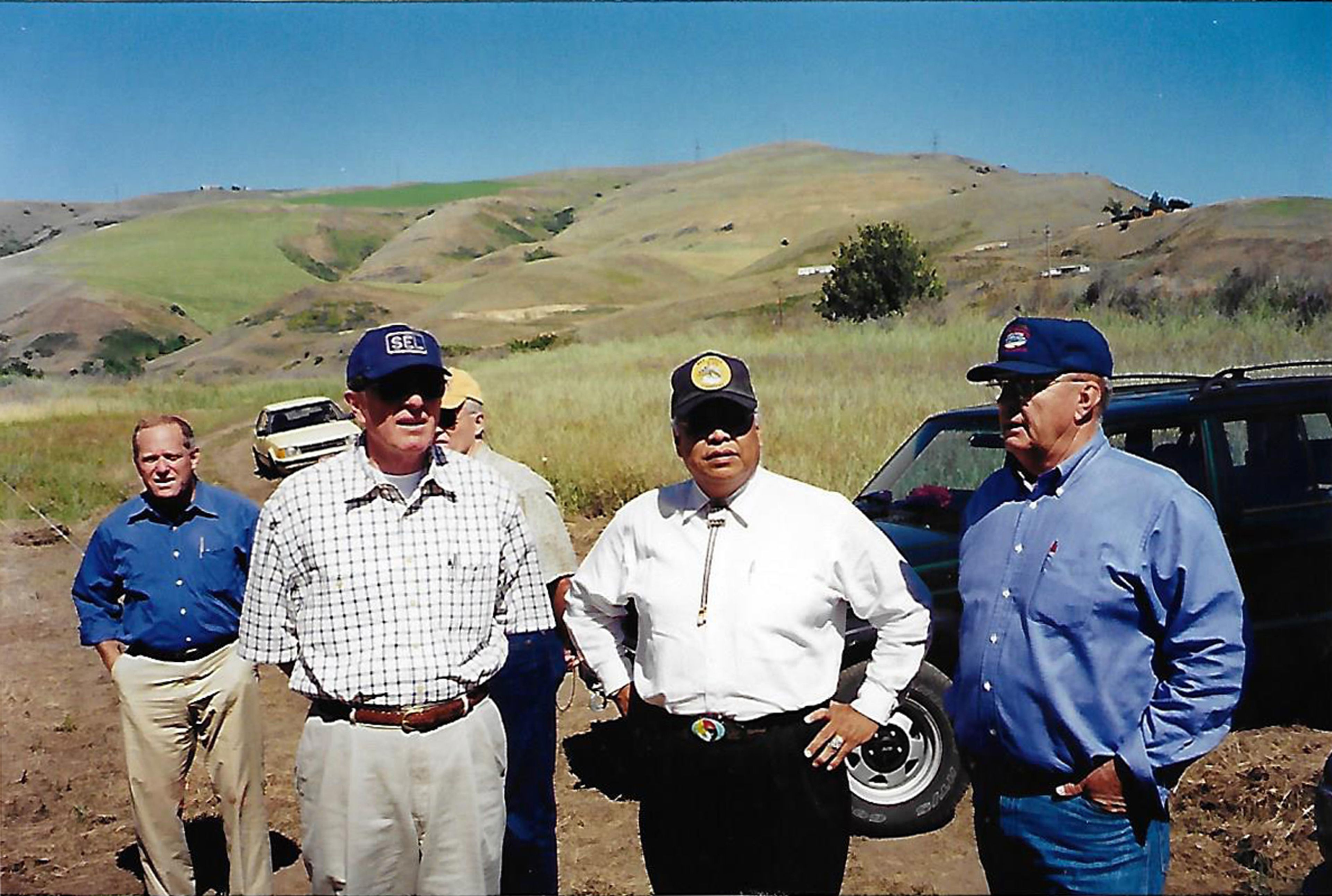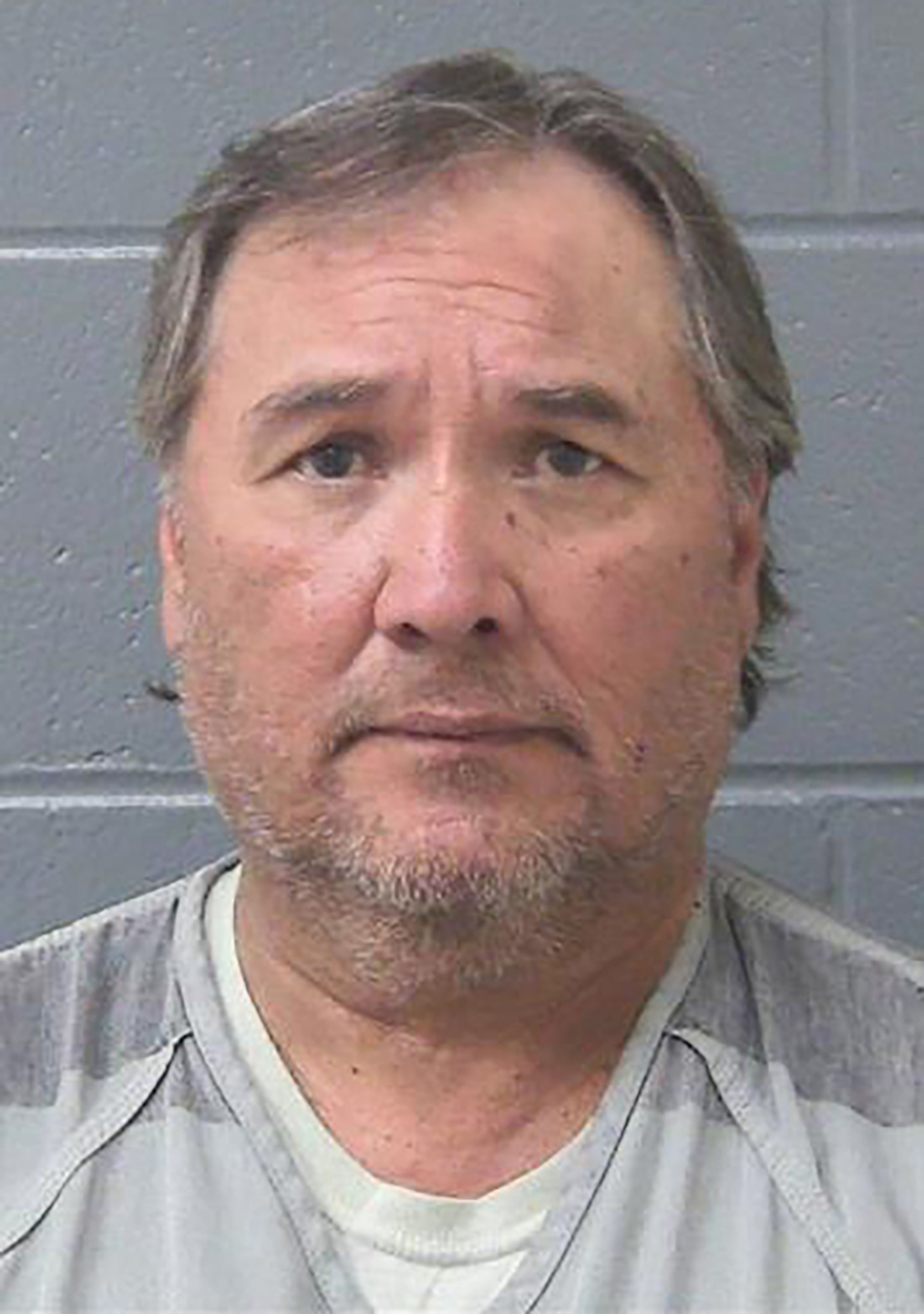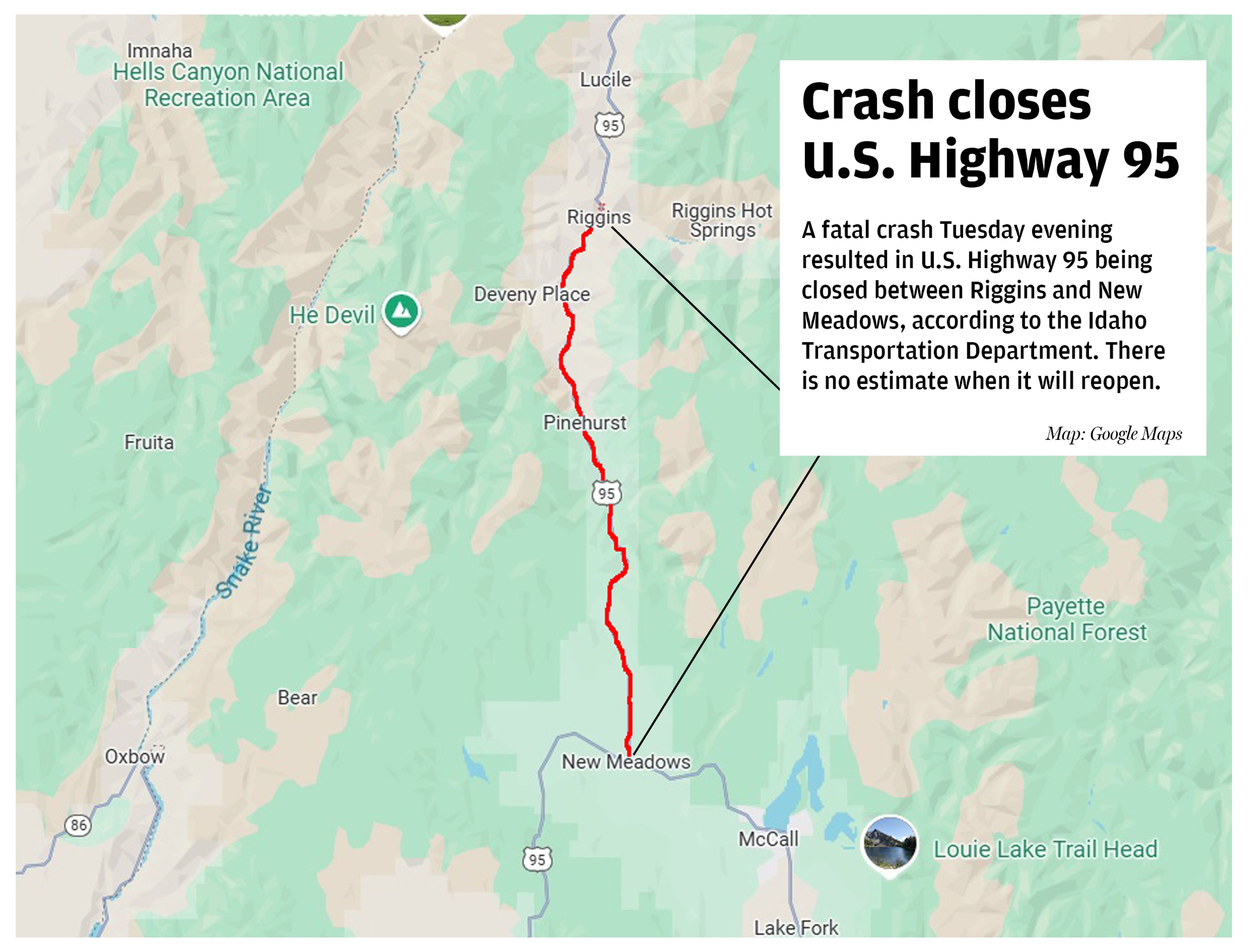IDL: Warm, dry fall extends Idaho’s active fire season
Nearly 1M acres have burned so far
BOISE — With almost 1 million acres burned across the state, Idaho’s fire season isn’t over yet.
“It’s been one heck of a year for us to still have a number of ongoing fires, especially in southern Idaho,” Idaho Department of Lands Director Dustin Miller told the state Board of Land Commissioners on Tuesday.
Miller’s update will not yet be the final fire season report to the board, he said. The state has spent around $62.3 million on fire suppression as of Oct. 9; about $10.8 million of that will be reimbursable by federal agencies.
Last year, the state spent about $17.4 million on fire suppression by October. The agency also ended its monthly fire reports in October 2023, as temperatures and precipitation at the time returned to seasonal norms and lowered fire danger, the Idaho Press reported.
A warm, dry beginning to fall this year has prolonged the fire season, Miller said, which is why the agency is extending burn restrictions through Oct. 20. Those who want to burn brush or have other large fires on their private property are required to obtain a free permit from IDL.
“That’s really so we can keep tabs on who’s burning, and we’re not chasing smoke everywhere and sending resources to those locations,” Miller said.
Almost 955,000 acres had burned across Idaho as of Oct. 9, with the majority of that on U.S. Forest Service land.
The Wapiti Fire west of Stanley has burned 127,043 acres, according to the report, and is about 80% contained. The Lava Fire near Cascade has burned 97,567 acres, and is 90% contained. Both of these fires are in the Boise National Forest.
The Valley Fire east of Boise is under Idaho Department of Lands protection, and has burned nearly 10,000 acres. The agency determined the cause of the fire was Idaho Power equipment, according to a report released Monday.
Attorney General Raúl Labrador, who sits on the board, asked how it would be determined what responsibility Idaho Power would have to pay for the cost of fighting the fire.
Fire Management Bureau Chief Josh Harvey said the agency’s attorneys are working to determine if negligence was the cause of the fire and if suppression efforts would be billable to Idaho Power.
“We have an extensive history of collecting on those, but it does come down to the facts of what actually occurred, and was the individual or entity responsible in some way for preventing that, or could it have been prevented,” Harvey said.
Idaho Power acknowledged the report in a statement and said it inspected the cross arm that fell and likely ignited the fire three times this year and found no faults.
The $62 million that’s been spent already on fire suppression largely doesn’t include work on the Valley Fire. Harvey said those estimated costs are likely to come in a couple of months.
Labrador also questioned Miller and Harvey about the Forest Service’s management of fires. The attorney general said he’s gotten complaints that private citizens haven’t been able to go in and help early fire suppression efforts when the blazes are still small.
His questions echoed Gov. Brad Little at last month’s meeting when he said the Forest Service has “got to do more containment and they’ve got to do more management.” Little was absent Tuesday.
The Forest Service oversees around 20.4 million acres of land in Idaho.
The director highlighted a report issued by the governor’s office this summer on wildfire prevention which recommended working with the National Alliance of Forest Owners to work with large timber companies to train their employees and provide them with equipment so they can provide an initiative response to fire on their land.
Miller also told Labrador that the Forest Service, as the largest landowner in the state, has to prioritize its resources to focus on protecting life and structures.
“We haven’t seen this much fire on the landscape in southern Idaho in quite some time, and there’s always an issue with resource availability,” Miller said.
The board is not scheduled to meet in November, but Miller said he planned to provide another fire update in December, “since we’re not out of the woods yet.”
The state pays for its firefighting efforts through the Fire Suppression Deficiency Fund, which in 2023, the governor recommended the Legislature bump up the total to around $68 million.
Miller said that, with more than $50 million in expenditures and counting, his office is in discussions with Little’s staff about requesting more money to put into the fund.
“Those conversations are occurring right now with the governor’s staff, looking at the statewide budget, where we shake out,” Miller said. “Keeping our fingers crossed that there will be money available to pre-fund the account.”
Guido covers Idaho politics for the Lewiston Tribune, Moscow-Pullman Daily News and Idaho Press of Nampa. She may be contacted at lguido@idahopress.com and can be found on Twitter @EyeOnBoiseGuido.









